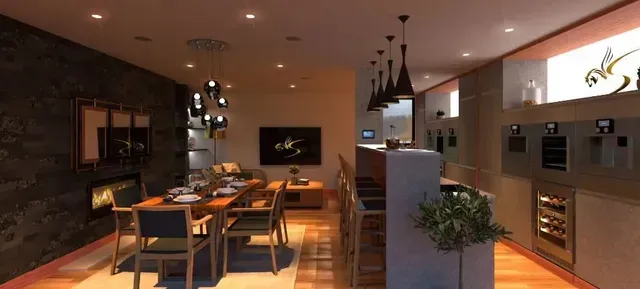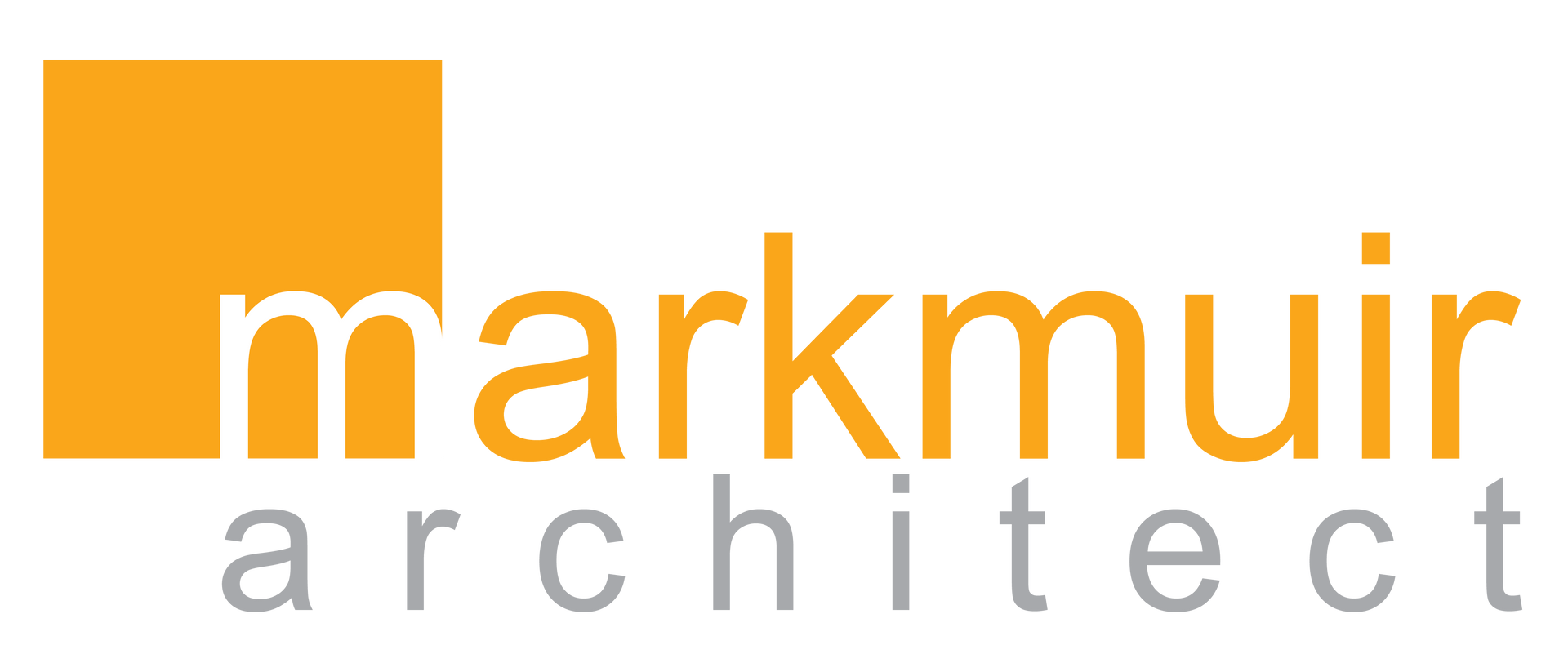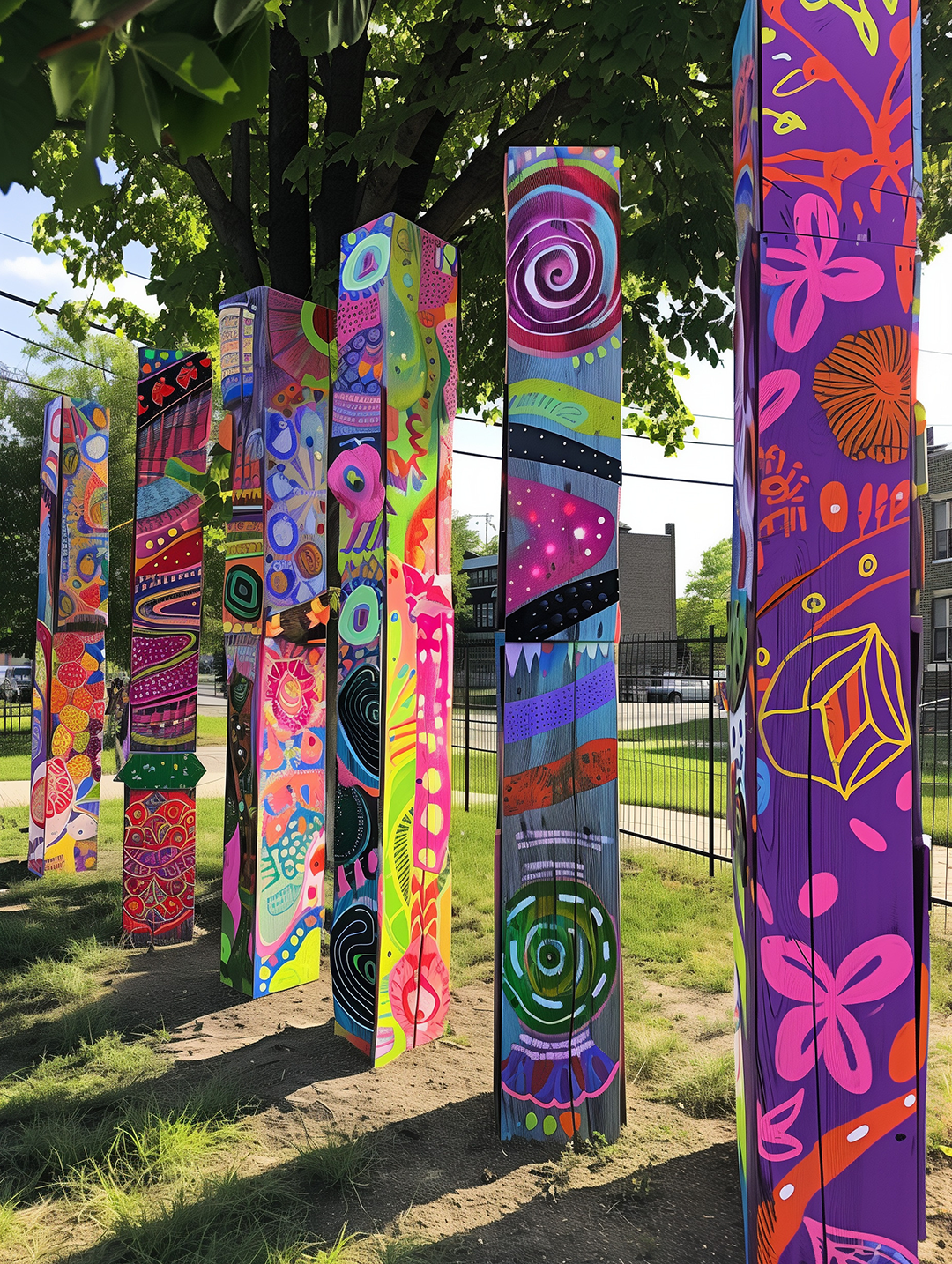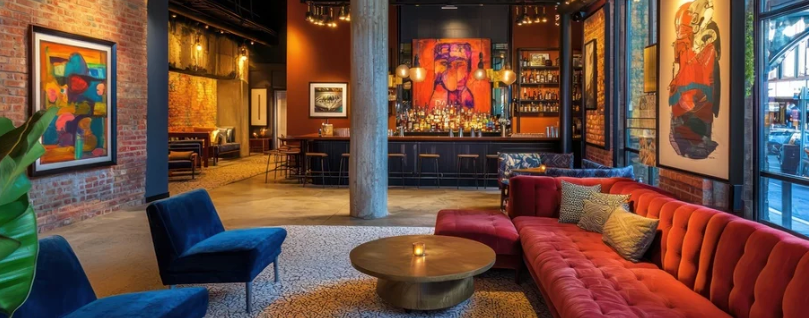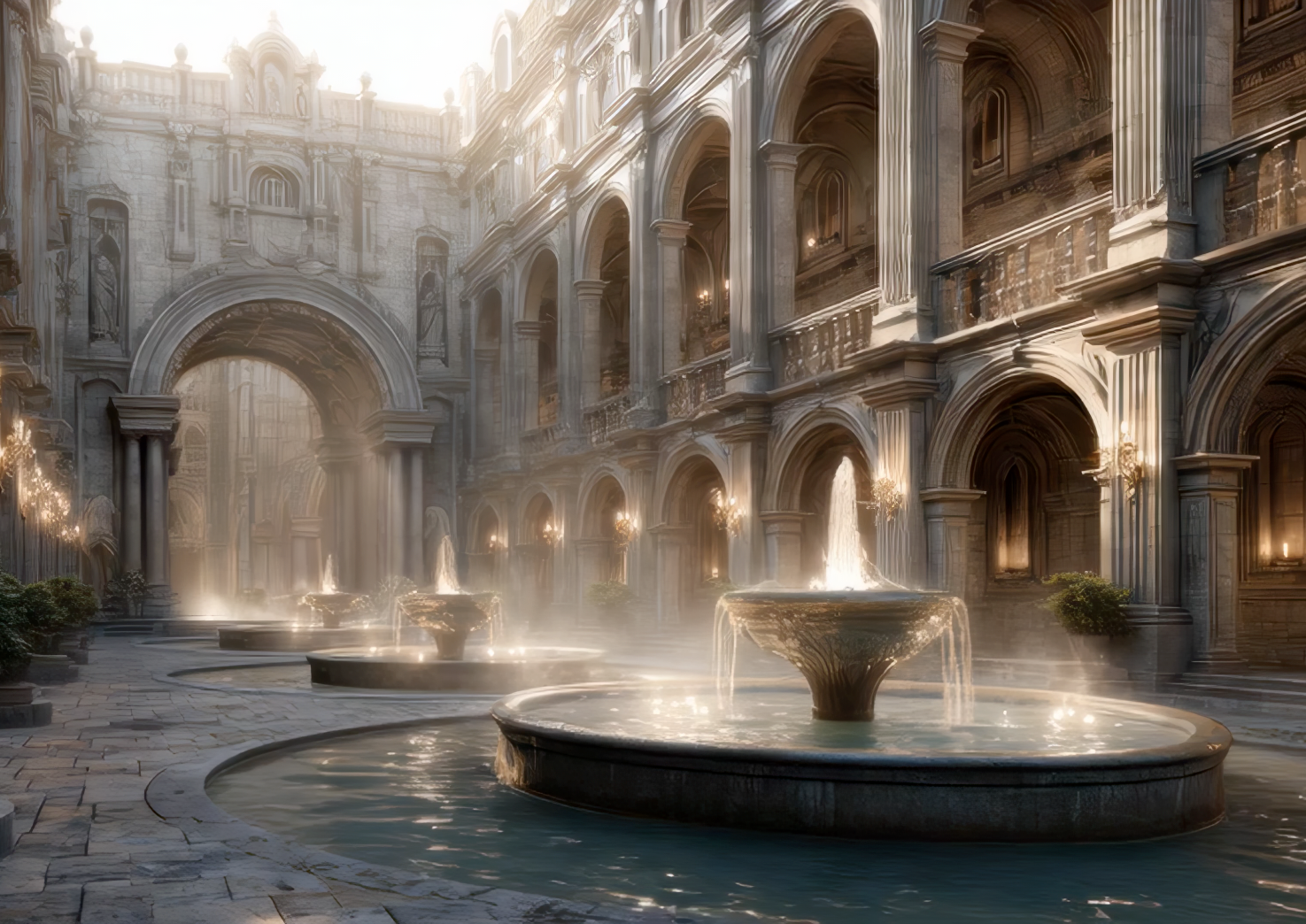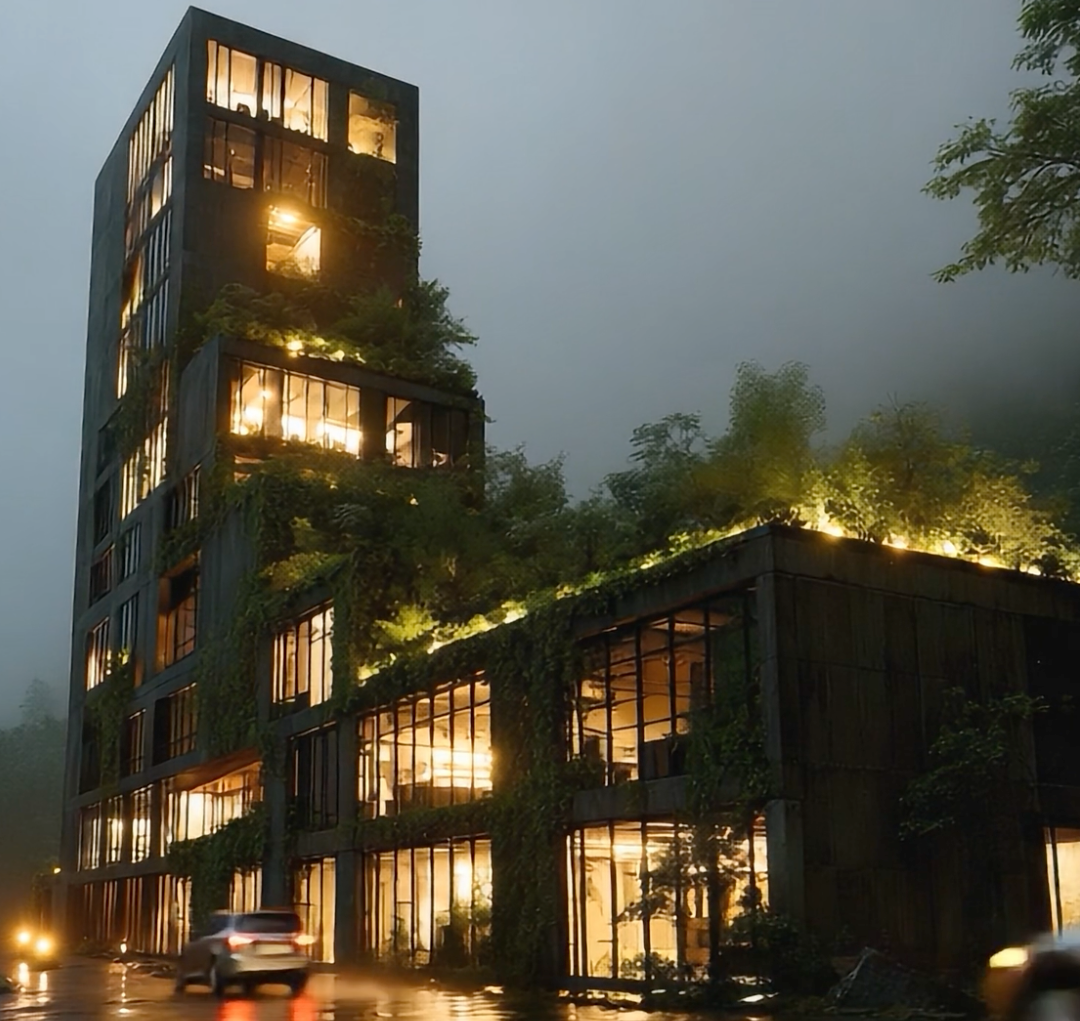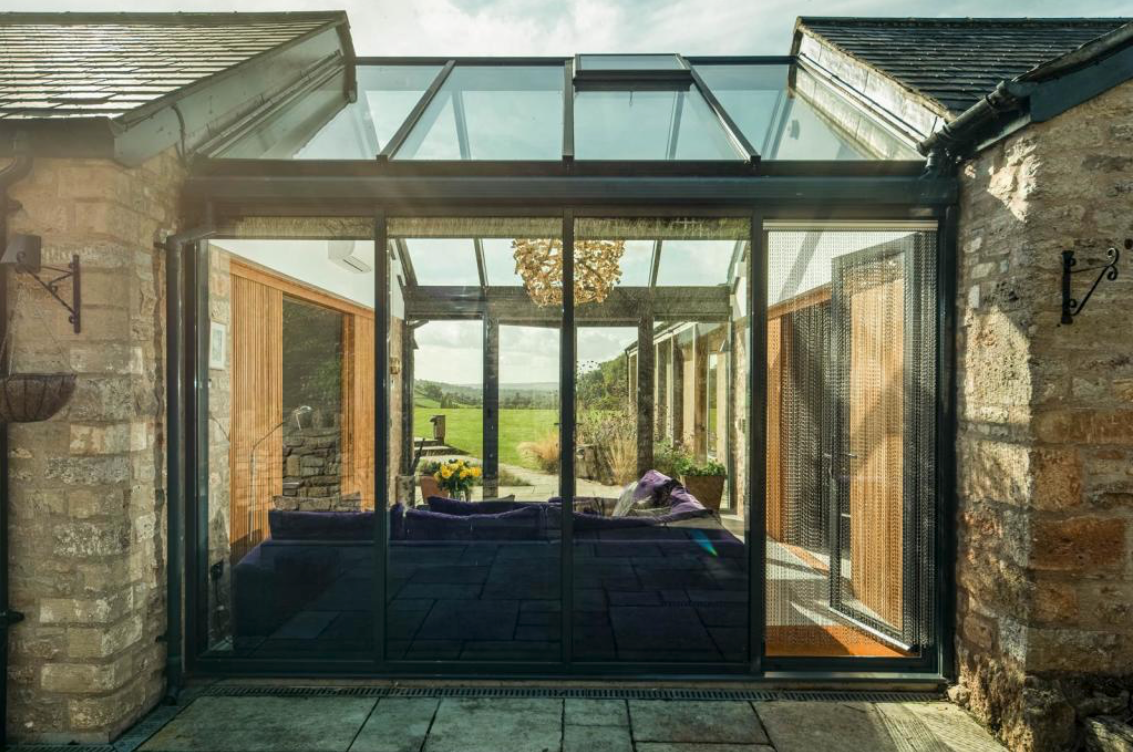Virtual Reality in Home Design
Step Inside Before You Build

In the world of architecture and interior design, the adage "I'll believe it when I see it" holds significant weight. While 2D plans and 3D renders have long been essential tools, they often fall short in conveying the full essence of a space. Enter Virtual Reality (VR): a game-changing technology that's reshaping how we design, visualise, and experience our future homes.
Why VR Is a Game-Changer for Homeowners
VR allows clients to immerse themselves in a lifelike simulation of their future home. Unlike traditional blueprints or static renders, VR offers a 360° walkthrough, enabling users to experience the scale, flow, and ambiance of their space before construction begins. This immersive experience fosters better understanding and more informed decision-making.
Real-Time Design Exploration
With VR, homeowners can interact with various design elements in real-time. Whether it's experimenting with different finishes, furniture layouts, or lighting schemes, VR provides the flexibility to explore multiple options effortlessly. This dynamic approach not only enhances creativity but also ensures that the final design aligns perfectly with the client's vision.
Streamlining the Design Process
Incorporating VR into the design workflow can significantly reduce errors, time, and costs. By identifying potential issues early on, designers can make necessary adjustments before construction commences, minimizing costly revisions. Additionally, VR facilitates faster decision-making by providing instant experiential feedback, expediting testing and experimentation.
Enhancing Collaboration and Communication
VR serves as a powerful tool for collaboration among architects, designers, and clients. By sharing immersive 3D models, all stakeholders can engage with the design in a shared virtual space, ensuring everyone is on the same page. This level of interaction fosters clearer communication and a more cohesive design process.
Addressing Community and Planning Concerns
For projects requiring community engagement or planning approvals, VR can be instrumental. By placing a proposed design within its real-world context, stakeholders can gain a clearer understanding of the project's impact, addressing concerns proactively and facilitating smoother approval processes.
Looking Ahead
As VR technology continues to evolve, its integration into home design becomes increasingly indispensable. By offering an immersive, interactive, and efficient design experience, VR not only enhances client satisfaction but also sets a new standard for architectural excellence.
At Mark Muir Architects, we start developing projects in 3D from the outset and bring your dream home to life. If you're considering a new project, let's explore how we can transform your vision into reality.
Contact us today for your complimentary
Discovery Call
